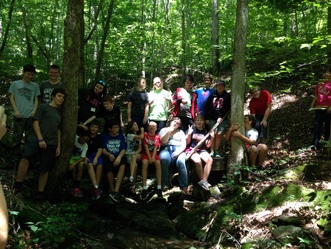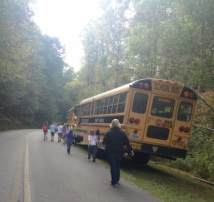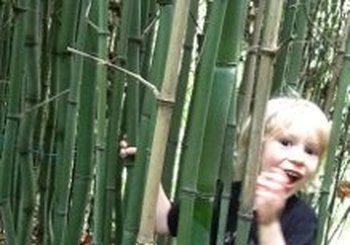The MASH camp from the Rockcastle County Hospital visited - 20 middle school students. We hunted for arthropods, tested pH, and hiked! The picture above is the campers on the footbridge of the Michael Zalla Trail. Everyone who disparages the state known as "Middle School" should meet these kids.
We hosted the Boy Scouts - who shored up and created part of our new Solar System Trail, working on their Trail Blazing badges. A day care group stopped by for a hike and some bug-catching fun!
Besides the Toodle Langa camps, we have visitors from the National Challenge Academy and Notre Dame Service Learning programs scheduled for this fall - and our Harvest Festival. The Harvest Festival is open to public and all participants of all of the ASPI programs. There will be food, games, and fun - October 18, 2:00-4:00.
The Rockcastle Wilderness Homeschool schedule will be published soon.
What other programs would you like to see at the Site? Our new listings of school field trips is here. Share with teachers you know!



 RSS Feed
RSS Feed